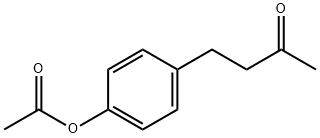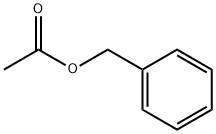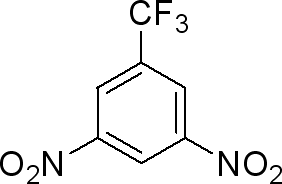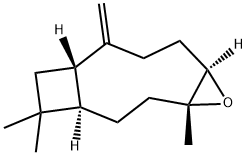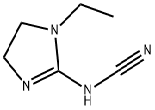4-(4-Acetoxyphenyl)-2-butanone(CAS#3572-06-3)
| Hazard Symbols | Xi – Irritant |
| Risk Codes | 36/37/38 – Irritating to eyes, respiratory system and skin. |
| Safety Description | S26 – In case of contact with eyes, rinse immediately with plenty of water and seek medical advice. S36 – Wear suitable protective clothing. |
| WGK Germany | 2 |
| RTECS | EL8950000 |
| HS Code | 29147000 |
| Hazard Note | Irritant |
| Toxicity | LD50 in rats (mg/kg): 3038 ±1266 orally; in rabbits (mg/kg): >2025 dermally; LC50 (24 hr) in rainbow trout, bluegill sunfish (ppm): 21, 18 (Beroza) |
Introduction
Raspberry acetopyruvate is an organic compound. It is a colorless liquid with a fruity aroma.
Its fruity aroma enhances the taste and flavor of the product. In addition, it can also be used to synthesize other organic compounds, which is more versatile.
There are two main ways to prepare raspberry ketone acetate. One is obtained by reacting raspberry ketone ester with acetic acid in the presence of an acid catalyst; The other is synthesized by reacting raspberry ketone with acetic anhydride in the presence of an alkali catalyst.
Safety Information: Raspberry ketone acetate has low toxicity, but it is still necessary to pay attention to safe use. Appropriate protective gear should be worn when handling raspberry ketone acetate to prevent it from coming into contact with the skin and eyes. It should be stored in a cool, dry and well-ventilated place to avoid contact with oxidants and ignition sources.


